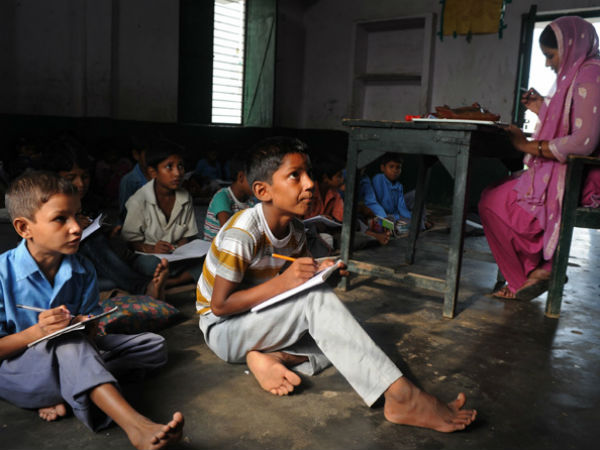As India makes significant progress in ensuring access to education and enrolment in schools, the learning crisis is not yet solved. Pandemic-induced school closures are expected to have far-reaching consequences on schooling, galvanising the need for education policy to focus on the primary goal of education, ensuring learning for all children irrespective of whether they are enrolled in government or private schools.
With 70% of private school students enrolled in over 200,000-400,000 budget private schools (BPSs), this growing demand among parents for BPSs is indicative of the potential scale of this sector. Unfortunately, the affordable schooling ecosystem has been hard-hit by the pandemic. BPS owners have reported loss in revenues due to school closures and non-payment of fees. State-level regulations added to this financial distress, with Tamil Nadu, Karnataka and Maharashtra mandating schools to not collect fees and Haryana, Telangana, Delhi and Madhya Pradesh requiring them to only collect tuition fees.
In India, private schooling is highly regulated with both the central and state governments imposing regulations on licensing, recognition and inspection of schools, as well as setting up barriers to accessing financing. Operating in a highly fragmented and competitive environment, BPS owners need significant investment in order to meet the input and entry requirements. Sources of funds include philanthropic funding, investments from venture capitalists and social investors, and loans from banks and financiers. However, philanthropic funding caters only to a small population of schools, and the non conducive regulatory environment makes banking institutions and investors wary of investing.
There are major impediments to access and availability of capital for BPSs. Legal and regulatory hurdles, in particular, Section 15 of RTE which states that “school is not run for profit to any individual, group or association of individuals or any other persons”, have long prevented BPSs from accessing credit. Banks refuse to provide loans to not-for-profit organizations. Moreover, lack of collateral and complicated documentation processes deter BPS owners from seeking credit from banks. To address this gap in the market, Non Banking Financial Companies like Indian School Finance Company and Varthana provide medium term loans to affordable private schools. Despite providing easy loan taking processes, high interest rates (over 20%) and low awareness about the existence of these services among edupreneurs has resulted in limited borrowing.
BPSs are fragmented and spread across geographies, with the existence of thousands of small private schools that are run by individuals. Due to high upfront investment and fixed costs, these schools take several years to reach a 20% operating margin, providing investors no financial incentive to invest in these ventures. Further, the lack of models that can scale successfully also limits the amount of margins. Low income parents often delay paying fees, negotiate discounts and frequently move schools leading to challenges in managing cash flows. From an investor’s perspective, a more organized and structured ecosystem would be able to facilitate business models that can provide returns comparable to alternate investment avenues.
Non-profit status makes access to credit more challenging for BPSs. But currently, Model and state RTE Rules restrict for-profit schools from qualifying for recognition. Under several state RTE Rules, only societies, trusts and Section 8 companies can run schools. Several private school alliances like NISA, FICCI Arise etc. and educationist lobbying groups have long been advocating for reforms to these restrictive policy provisions. Other states need to take inspiration from Haryana, Maharashtra and UP RTE Rules which allow companies to run recognised schools. For investors and financiers to see BPSs as a viable investment option, affordable schooling needs to become scalable and profitable.
BPS owners are discouraged from accessing credit through banks and NBFCs due to lack of awareness and trust in the banking system. Complicated banking processes and high collateral requirements also act as deterrents. Government initiatives to raise financial awareness and literacy among these groups, incentivising banks and NBFCs to create easy and seamless loan making and documentation procedures, and allowing BPSs to access collateral free loans will go a long way.
For a BPS owner, financing continues to be difficult, whether through investments or loans. High infrastructure and set-up costs, compliance costs and disrupted cash flow prevent credit providers from viewing BPSs as a good investment option. This prevents these schools from making large investments in expansion or quality improvement, which in turn impacts their scalability and salability, further reinforcing the loop in which education, learning and students lose out.
Read more: What a carbon tax can and can’t achieve against climate change
Post Disclaimer
The opinions expressed in this essay are those of the authors. They do not purport to reflect the opinions or views of CCS.




